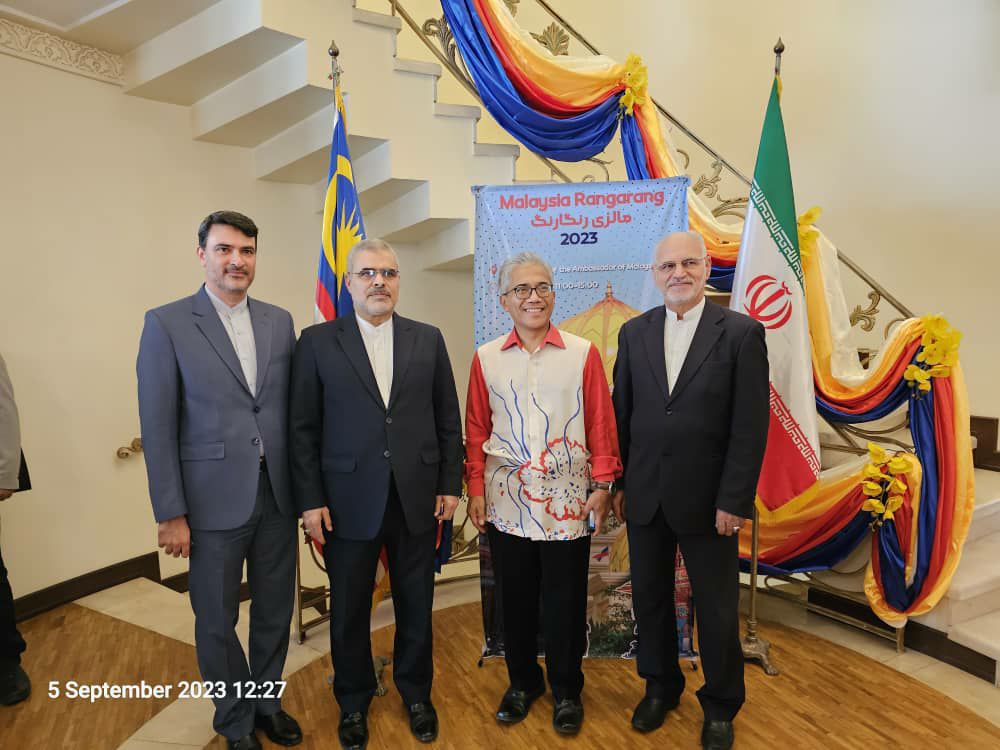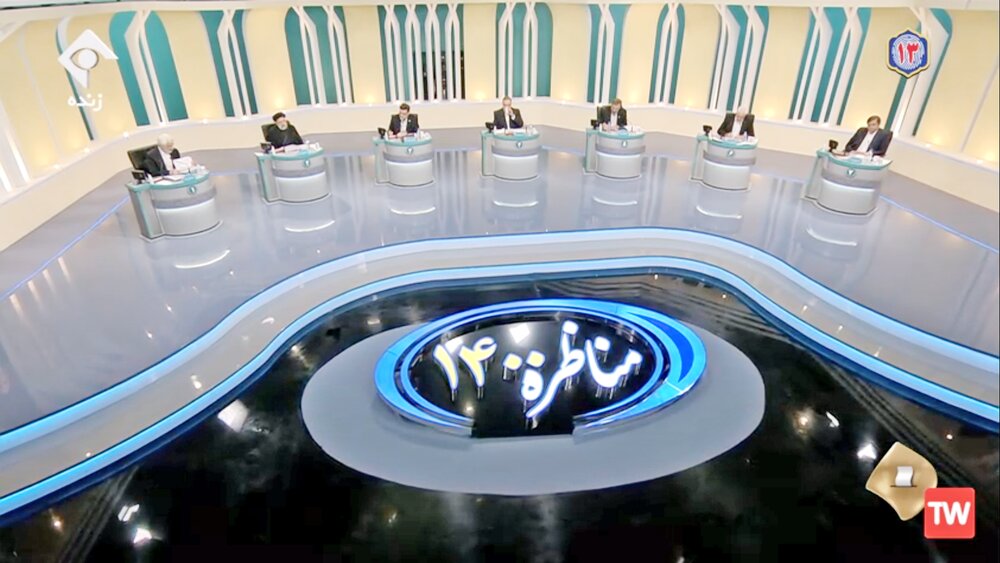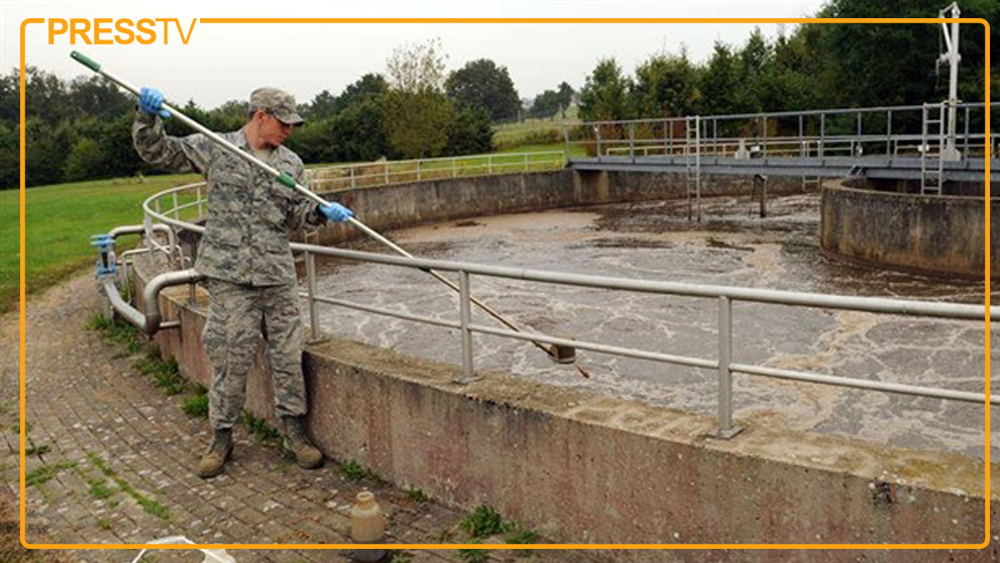IRISL Transported 27m Tons of Cargo in Past Year
TEHRAN (Iran News) Speaking at a press conference titled “One Publisher, One Monday,” hosted by the Tehran Stock Exchange, Khiabani highlighted that IRISL has been active in the capital market since 2008 and noted that its primary shareholders are retirement funds. The company operates with a fleet boasting a total cargo capacity of 5 million deadweight tons (DWT).
In addition to maritime transport, IRISL is also involved in rail and road logistics, although its non-maritime divisions are not solely dedicated to supporting the shipping operations, he explained.
Khiabani noted that IRISL holds the top regional position and ranks 18th globally in cargo transportation. The company’s fleet is active in both the Caspian Sea and southern Iranian ports and also engages in logistical, operational, and supply-related activities.
He also emphasized IRISL’s role in training maritime professionals, stating that 70% of the country’s seafarers have been trained through the company’s educational institute.
“All employees of the company, except 24 emergency personnel, are Iranian,” he said, adding that the number of foreign employees has significantly declined from 670 in 2019 to virtually zero today.
Khiabani referred to the 2019 mission when two IRISL oil tankers delivered gasoline to Venezuela, an action that received praise from Iran’s Supreme Leader. He also criticized the continued sanctions imposed by Western countries on IRISL, stating that the latest round of sanctions came last year from the European Union and the UK.
The IRISL CEO unveiled plans to establish a major logistics hub in Chabahar, noting its strategic potential for Iran in the coming years.
“We aim to develop Chabahar not only as a key logistics hub but also as part of our corporate social responsibility to contribute to the development of the Makran region,” he said.
In 2024, IRISL handled 86,000 TEU (twenty-foot equivalent unit) containers through Chabahar, positioning it as the country’s second-largest container port. The company increased container traffic at the port from 6,000 TEUs in 2022 to 90,000 TEUs in 2024 and plans to further expand operations.
Khiabani emphasized the strategic importance of the Strait of Hormuz—one of the world’s eight main maritime choke points—and said this has enabled the company to operate feeder services within the Persian Gulf.
He also noted that IRISL maintains offices in key international markets, including Europe, Russia, China, and India. The company aims to play a pivotal role in the North-South Transport Corridor, contingent on collaboration with other national and governmental entities.
In the Caspian region, IRISL manages the Russian port of Astrakhan, which has faced sanctions in recent years but remains one of the most active ports in Russia’s Caspian sector.
Khiabani acknowledged the need to modernize the fleet, which currently has an average age of 20 years, and expressed the goal of reducing that figure to under 10 years. He said necessary permits have been obtained to access bank loans and National Development Fund resources.
Despite receiving approval for a $1 billion loan last year, no funds have been disbursed yet. IRISL currently has $542 million in outstanding loans and repays $106 million annually to its creditor banks, he noted.
As part of its social responsibility initiatives, IRISL has built or renovated schools in port cities, believing that these efforts ultimately benefit shareholders.
Prior to the press conference, Khiabani participated in a ceremony marking the beginning of the trading session at the Tehran Stock Exchange, commemorating the 17th anniversary of IRISL’s listing as Iran’s national fleet.
He reported that IRISL’s profits surged over 90% in the Iranian calendar year 1403 (March 2024–March 2025), rising from 100 trillion rials in 1402 to 190 trillion rials in 1403. He expressed optimism that this growth would continue in 1404 (March 2025–March 2026), despite global shipping market fluctuations.
Looking ahead, IRISL plans to hold an extraordinary shareholders meeting in June to seek approval from the Securities and Exchange Organization to raise its capital from 82.5 trillion rials to 116 trillion rials.
He added that the “Hekashti” stock symbol has performed well in the first two months of 1404, gaining 32%, signaling a positive trend for the rest of the year.
Khiabani concluded by announcing that, for the first time in 12 years, IRISL’s financial statements for 1403 have been deemed “acceptable” by the Supreme Audit Court of Iran, underscoring a new level of financial transparency and governance.
- source : IRAN NEWS ECONOMIC DESK






























